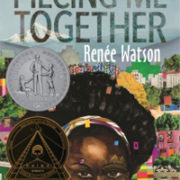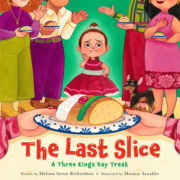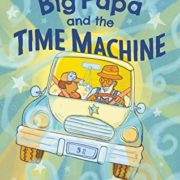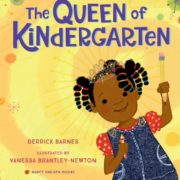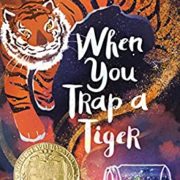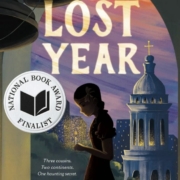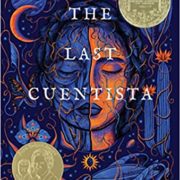There, There by Tommy Orange
In “THERE, THERE” by TOMMY ORANGE, 12 strangers make plans to attend the Big Oakland Powwow in Oakland, California.
Opal Viola Victoria Bear Shield, who has raised her sister’s three grandchildren, hopes to catch a glimpse of her oldest nephew in full regalia dancing for the first time. Her sister, Jacquie Red Feather, is newly sober and driving from New Mexico with the man who first got her pregnant as a teenager on Alcatraz Island. Tony, a young man with Fetal Alcohol Syndrome, which he calls “the Drome,” gets mixed in with Calvin, Charles, Carlos and Octavio, a group of men planning to rob the powwow to make up a drug deal debt. One character, Dene Oxendene, plans to attend the powwow as a voyeur, hoping to document people’s stories and how their stories fit into the story of the urban Native American. These are just a small handful of the characters in Orange’s debut novel.
The degrees of separation could be difficult to follow if crafted by a less-skilled writer, but Orange deftly threads the stories together with the skill of a spider weaving a web. The reader may find him or herself flipping back and forth among stories and marveling at the seemingly inconsequential role one person plays in several other stories before making an appearance in their own, often heartbreaking, accounts.
What does it mean to be an urban Native American? What does it mean to be half-Native but raised by your white mom? This fleeting identity is at the center of Orange’s novel; it begins with a searing look at the United States’ treatment of Native Americans that serves as an entry point to these answers, as told through each character’s story.
In the prologue, Orange writes, “We (Urban Indians) know the sound of the freeway better than we do the rivers, the howl of distant trains better than wolf howls” and that “being Indian has never been about returning to the land. The land is everywhere or nowhere.” Few of the characters know who they are as individuals, much less who they are in the context of the history of their culture. But maybe that is what Orange is positing with “There There;” there is not one way to be a good or authentic Native American. Maybe Native heritage is more dependent on this country’s treatment of Native tribes and nations, and the bearing of centuries of abuse and torture on the psyche. Orange’s use of epigraphs is extraordinary, but the following by James Baldwin feels especially representative of the entire novel: “People are trapped in history and history is trapped in them.”
Overall, “There, There” is an exceptional and well-developed novel. My chief complaint is that I wanted more of each character. The conclusion, however is spectacular. To avoid spoilers, I will only note that the conclusion is electrifying, spectacular and worthy of a Shakespearean tragedy.

